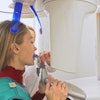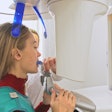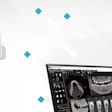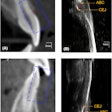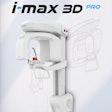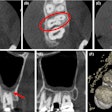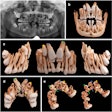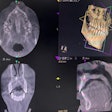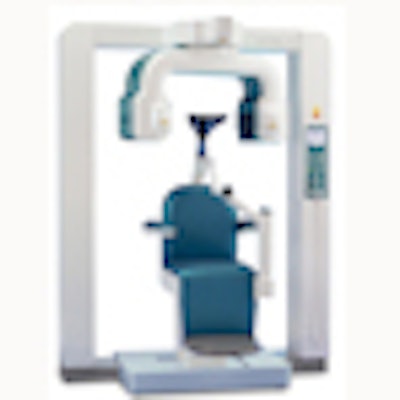
The phrase "payback time" takes on special meaning after you've just spent $150,000 or more on a cone-beam computed tomography (CBCT) scanner for your office. The images are likely to be the clearest you've ever seen, but the question of who will cover the cost for this new technology is not so clear.
That issue is coming up with increasing urgency as more doctors equip their offices with this cutting-edge technology. Many insurers will reimburse for cone-beam scans when dental offices use the right codes and take the time to carefully explain why the scan was necessary. The chances for reimbursement improve if the procedure involves medical complications and you use medical codes when filing a claim. Still, many claims are turned down.
"They do cover it," said Tom Limoli Jr., president of Limoli & Associates/Atlanta Dental Consultants, who specializes in insurance questions. "They pay for the cone-beam when it is a medical necessity. The doctor has to show there is a reason for cone-beam. They won't pay for a cone-beam scan if all you have is a crown or routine procedure, or an endodontal implant. But they will pay if the patient has been edentulous. The insurance companies say, 'Tell me why you need this sophisticated form of diagnosis.'"
Other examples of successful cone-beam claims include cases in which more details were needed because of an infection or a lesion, or an implant with precision when there isn't much ridge. Routine extractions or implants are more likely to be denied.
Educate patients
Insurers are more likely to reimburse when they get a careful explanation of the need for cone-beam scans. But even with careful documentation, some insurance companies are refusing claims. So dentists who use CBCT frequently have learned to educate patients about the advantages of the scan for which they often must pay out of pocket.
"I am unaware of any dental insurance that proceeds with it routinely, unless it is a medical case," Dr. Parks said. "I would probably just expect the patient to pay directly, and then help them file insurance forms, providing both a medical code and a dental code."
He said the state Medicaid in Indiana has a procedure code for CBCT but doesn't reimburse dentists who file for claims using the code. "It's hard to guess what plans pay and what plans don't," he said.
Allan Farman, PhD, MBA, DS., a professor of radiology and imaging science at the University of Louisville School of Dentistry, shares Dr. Parks' frustration. His office has three cone-beam scanners and is in the process of obtaining a fourth. "Even when there is a genuine medical necessity, we help patients file their claims with private insurance companies, but we expect to be paid in full beforehand," he said. "There are dental codes for cone-beam CT, but this does not mean that dental insurance companies will cover procedures using them. We use medical codes exclusively, never dental codes."
Different rules
The only cases in which Dr. Farman's office files for insurance reimbursement before extracting payment from the patient are Medicaid and Medicare cases in which the patient clearly qualifies for reimbursement.
But reimbursement for CBCT differs from state to state and company to company, according to Dr. Farman. "It's almost a crap shoot because each company and each adjuster seems to have different rules when it comes to payment."
That inconsistency has sometimes led to tension between dentists and insurers. "The reimbursement issue is huge," Dr. Parks said. "I have yet to find an insurance company that is interested in providing better care for the patient. They are interested in providing cheaper care."
Insurers, in return, are asking for patience. George Kouramas, with Delta Dental Virginia, said the problem is that cone-beam technology is still new and has not yet been widely accepted. But he is confident that the marketplace will adjust as CBCT scanners become more commonplace -- and as dentists take the time to prove the scans are warranted.
The cone-beam users' tales of woe "may be true," Kouramas said. "But if you submit your claims to medical insurance using the correct codes or take the time to provide a rationale for cone-beam technology, you will get reimbursed."
